You are on United Kingdom (English).
Switch to United States (English)? No, thanks





phone signal booster LCD-300GD
+ FREE Lightning Surge Protector
for United Kingdom
4.9/5 — 278 Reviews
Let experts take care of choosing ideal cell phone booster by your needs. And enjoy stable mobile coverage, high-speed Internet connection and convenient phone communication in your place!
Best Price Guarantee
From £20 to £2,920 based on 98 products

Regardless of your data plan (4G/LTE, GSM and 3G), it happens that your calls drop, websites take a long time to load, or the Internet freezes during a video conference. This can happen at home, in the office, in nature, or in the city center. If such problems occur regularly, a mobile signal booster may be the solution.
The goal of MyAmplifiers is to offer optimal solutions to problems with mobile communications at home or on other premises. Qualified designers and engineers have studied and carefully analyzed the mobile market, the frequencies used by UK operators, the most popular coverage, the difficulties that can be encountered during installation, and have created a comprehensive range of devices that satisfy any requirements of our customers.
We invite you to explore our catalog of devices and ask us for any information that may interest you in connection with your purchase.
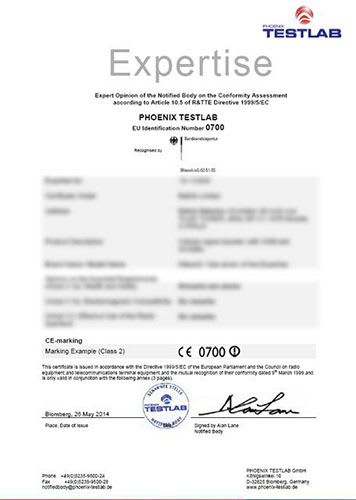
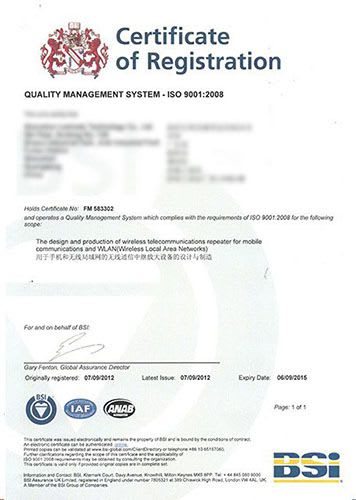
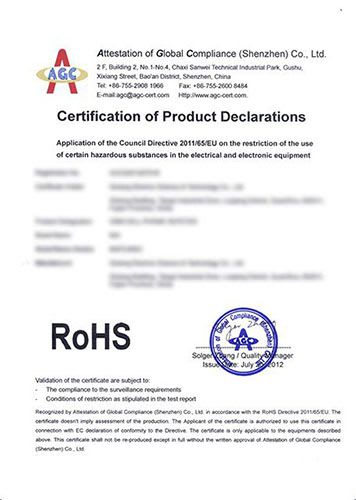
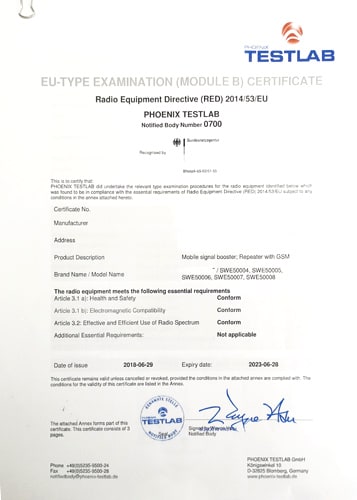
Our company sells only high-quality products that have passed a series of strict quality tests in factories and are certified by CE and RoHS certificates. Based on this, we claim that the devices offered in our store are safe for your health. It has also been proven that mobile phone amplifiers do not harm other equipment or the environment.
These devices increase the signal of certain types: GSM, 3G, 4G and 5G. But an incorrectly selected and configured amplifier will not help you, and in the worst case, it will even reduce the quality of the signal. Therefore, you must carefully select and install this device, and we are always ready to help you.
The disadvantages of such devices are as follows: Choosing a booster requires information about the frequencies used by your operator. Installation can be difficult. The price of a good repeater starts at £150, and the market is flooded with cheap boosters of unknown quality, which can be hazardous to your health.
A mobile signal booster is also called a repeater or an booster. But regardless of the name of the device, the principle of its operation is as follows. The booster picks up the cellular signal from the nearest base station and amplifies it, transmitting an enhanced signal to cell phones within the system's coverage area, so you get better mobile phone reception.
Often, when we talk about a booster, we mean exactly a box in which the signal is amplified. However, the repeater is made up of several elements:
A standard kit also includes coaxial cables and mounting accessories.
Let's talk about these components in detail.
The outdoor antenna is placed outside the building. Take into account that its work supposes the amplification of the already existing signal. If there is no network coverage, the booster will not be able to boost the non-existing signal.
The main types of outdoor antennas are directional and omnidirectional antenna. The omnidirectional antenna is recommended in cities where the signal is strong and comes from several directions, and there are many cell towers. In less populated areas, it is better to install a directional antenna. Being directed towards a cell tower, it picks up weak signals even over long distances.
The booster box is installed inside and connected to the two antennas by coaxial cables. This is where the signal is boosted. The booster box determines the characteristics of the enhanced signal (frequency, strength, extent).
The indoor antenna distributes the signal sent by the booster box. The area over which the antenna can transmit the enhanced signal is the coverage area of the booster.
Thus, the mobile signal booster allows you to improve the cellular network where the connection is poor.
Mobile phone signal booster increases the signal of some type: GSM, 3G, 4G and 5G. But an incorrectly chosen and tuned booster will not help you, and at worst it will even reduce the quality of the signal. Therefore, it is necessary to carefully choose and install this device, and we are always ready to help you.
To make a good choice, you must take into account many parameters. First of all, it is important to know the frequency bands used by your operator, which differ depending on whether the device is connected to a 2G, 3G, 4G or 5G network.
Today in the United Kingdom, the following band frequencies are used: 700 MHz, 800 MHz, 900 MHz, 1400 MHz, 1800 MHz, 2100 MHz, 2600 MHz, 3400 MHz, 3600-4000 MHz. The situation is complicated by the fact that the same mobile network can be distributed at several frequencies:
There are specialized sites to know the location of cell towers and the frequencies used by these towers. For example, you can go to CellMapper.net or AntennaSearch.com. There are also mobile apps which can help you with the information about base stations. These are, for instance, OpenSignal or Cell TowerRadar.
Why is it so important to know your operator's frequency band? Mobile signal boosters are designed in such a way that they pick up a single frequency band. For example, a 2600 MHz booster will only boost 4G. But don't worry if you need to enhance more than one signal type or frequency band. Some network boosters can receive two or more bands. It is therefore important to know these frequencies before choosing an signal booster for mobile phone.
It is also important to determine the area covered by the booster, as this area can differ depending on the model and vary from small surfaces to 3000 m².
The installation of a signal booster for mobileA does not require any special technical knowledge. The outdoor antenna is placed outside the building, preferably high up on the roof of the house or at another location where the signal reception is strong enough. There is a direct relationship between the height of the antenna installation and the result - the higher the antenna, the better the final result. But don't raise the antenna too high, especially when such an elevation will make it the highest point around - the antenna will become a lightning rod.
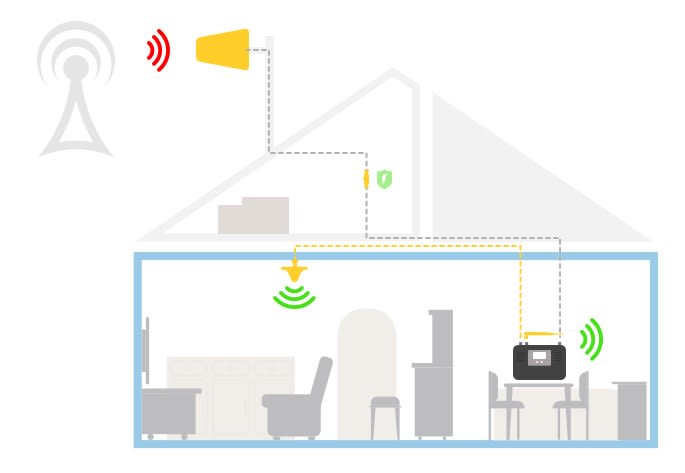
As we have already said, outdoor antennas are generally divided into two categories: omnidirectional and directional. An omnidirectional antenna picks up the signal from all directions, while a directional one transmits or receives a signal exclusively in one direction.
The cables from the outdoor and indoor antennas should be connected to the amplifier box, and the power cable should also be connected to the mobile phones signal booster. Avoid twisting the cables for better reception.
When choosing the location of the indoor antenna, consider the following points:
Once the booster is installed and the outdoor and indoor antennas are properly connected to the amplifier box with coaxial cables, you can switch the device on.
When installing the outdoor antenna, you need to find a place with the strongest signal. We are all used to determining the signal strength of our mobile phone by using the bars we see on the screen. But that's not quite right. The actual signal strength of your smartphone is measured in dBm, or decibels milliwatts. dBm is expressed as a negative number, for example, -79. The closer the value is to zero, the stronger the mobile phone's signal. Thus, -79 dBm is a stronger signal than -88 dBm.
To find out the signal strength on the Android phone, go to "Settings" → "About Phone" → "Status" or "Network" and you will see the signal strength in dBm.
On iOS the process is as follows:
There are also many apps that will help you check the signal strength on your Android or iOS device: Network Cell Info Lite, Cellular-Z, OpenSignal, Speedtest.
The main and obvious advantage of a signal booster is that it amplifies a weak mobile signal, creating stable coverage in the area of its functioning. Moreover, this reduces the radiation from mobile phones, as the phone no longer needs to seek for the network. Compare: the maximum radiation of the smartphone is 250 mWatts, the maximum radiation of the mobile phones signal booster is 10 mWatts. For the same reason, when the repeater is working, phone consumes less battery.
Another clear advantage is that the booster improves the reception of all phones in the area of its coverage, regardless of the operator. The only requirement is that the frequency of the repeater matches the frequency used by your carrier.
The disadvantages of a mobile phone signal booster are as follows. Choosing a booster requires information about the frequencies used by your operator. Installation can be difficult. The price of a good repeater starts at £150, and the market is flooded with cheap boosters of unknown quality, which can be hazardous to your health.
And now to illustrate all that has been said above, here are our top 5 network repeaters with their key features.
| Mobile signal booster | Frequency bands | Coverage area | Features |
|---|---|---|---|
| Nikrans BD-300GDW | 900MHz, 1800MHz, 2100MHz | 300 m² | two indoor antennas; lightning protection; LCD screen |
| Nikrans NS-300-Smart | 800MHz, 900MHz, 1800MHz, 2100MHz, 2600MHz | 300 m² | lightning protection; LCD screen; detection of isolation between antennas; automatic gain control (AGC); manual gain control (MGC); standby mode |
| Nikrans LCD250-GSM+4G PRO | the model is available in two versions: 900 + 800 + 2600 MHz or 900 + 800 + 1800 MHz |
250 m² | LCD screen; automatic gain control (AGC); standby mode |
| Nikrans LCD250-GSM+4G | the model is available in two versions: 900 MHz + 2600 MHz or 900 MHz + 800 MHz |
250 m² | lightning protection; two indoor antennas; LCD screen; automatic gain control (AGC); standby mode |
| Nikrans NS-300-Multi | 800MHz, 900MHz, 1800MHz, 2100MHz, 2600MHz | 300 m² | lightning protection; LCD screen; automatic gain control (AGC); manual gain control (MGC); function of automatic booster deactivation in case of unpredictable errors |